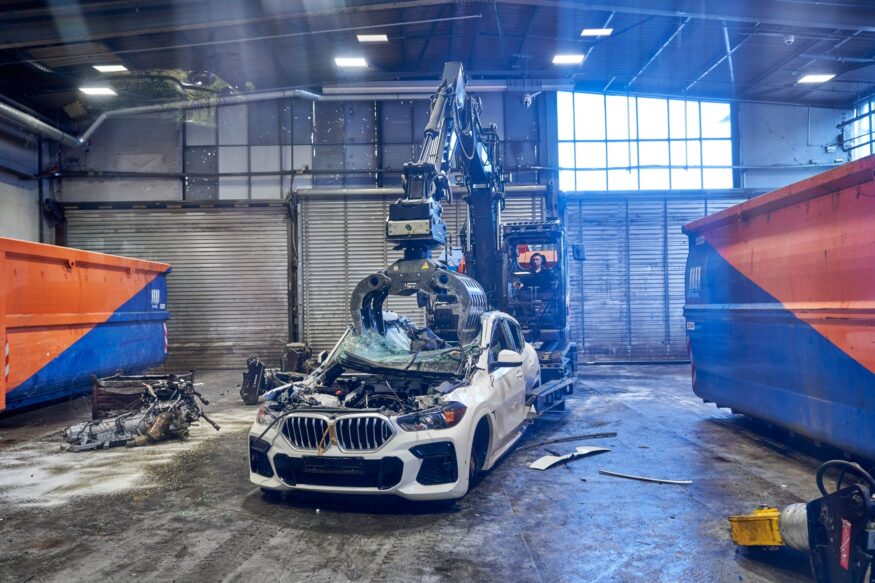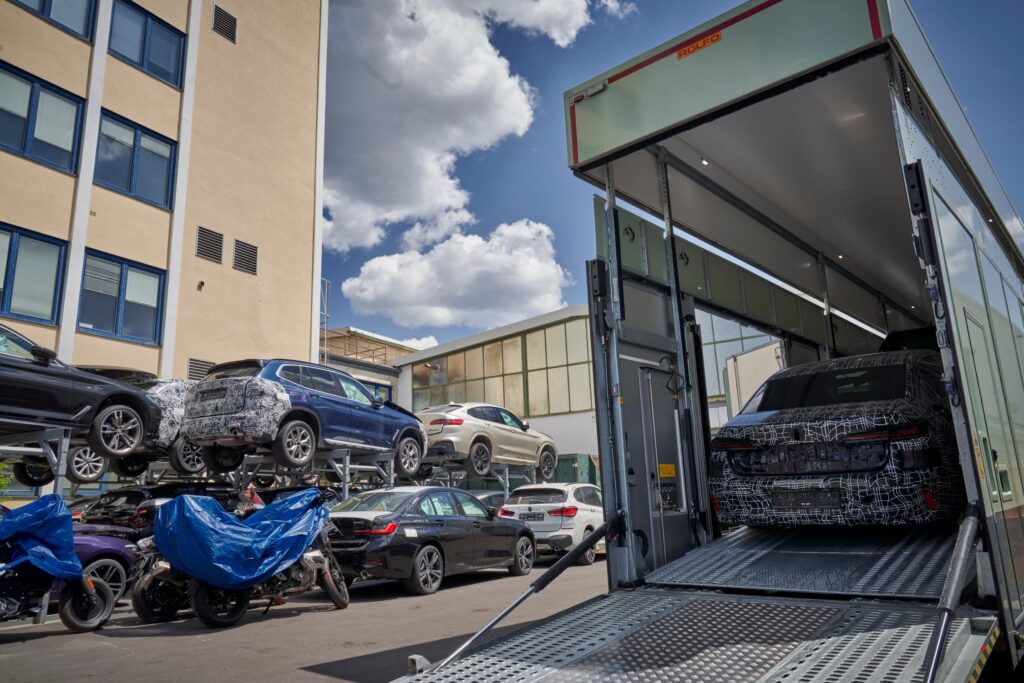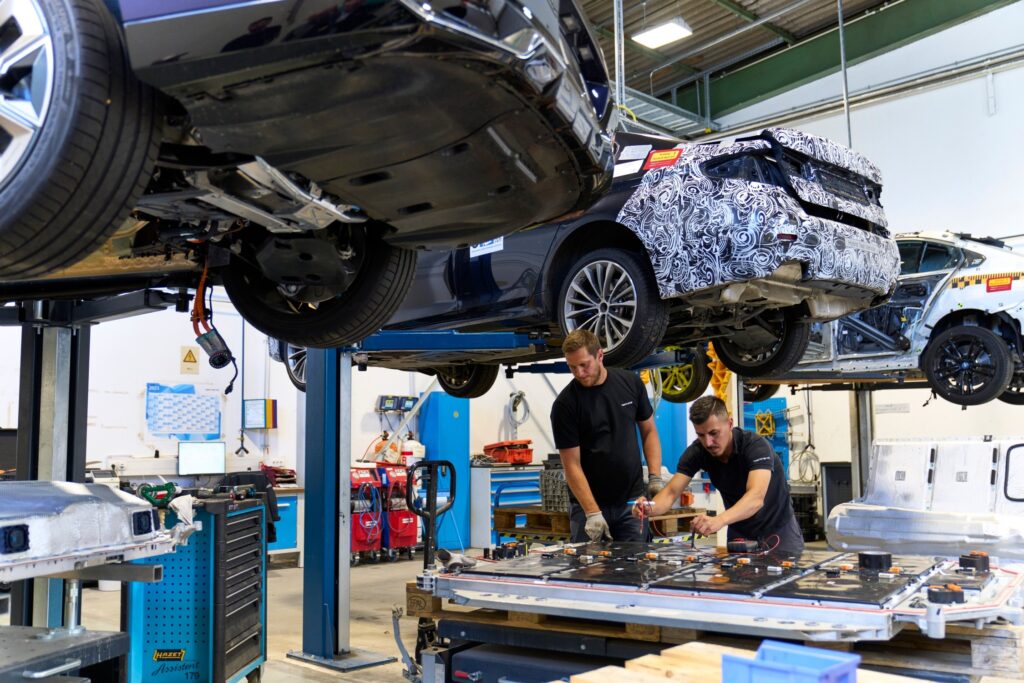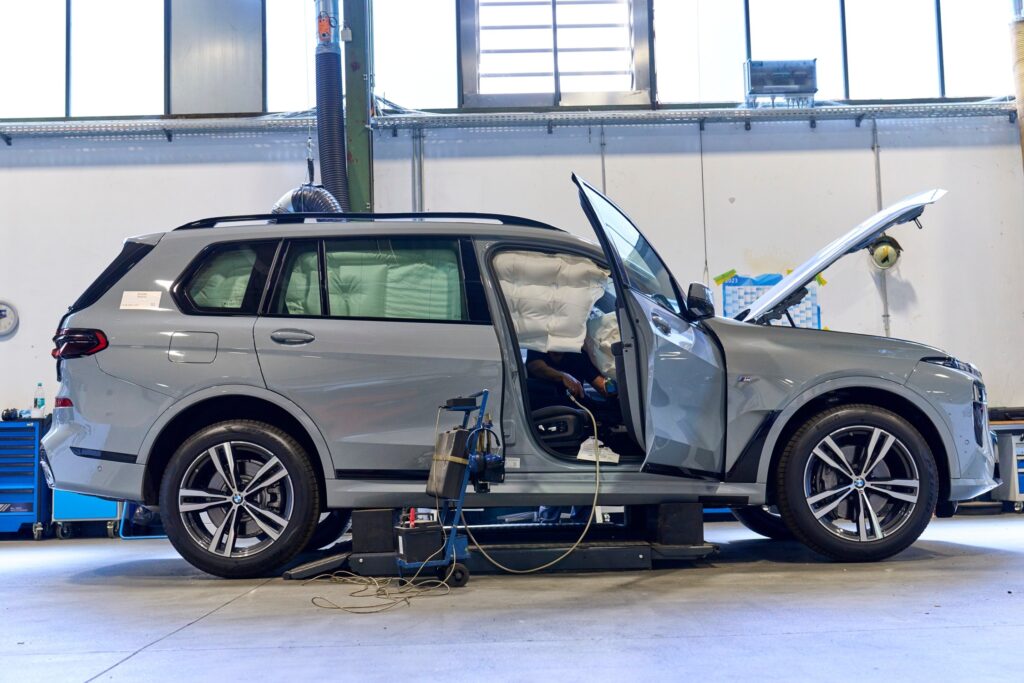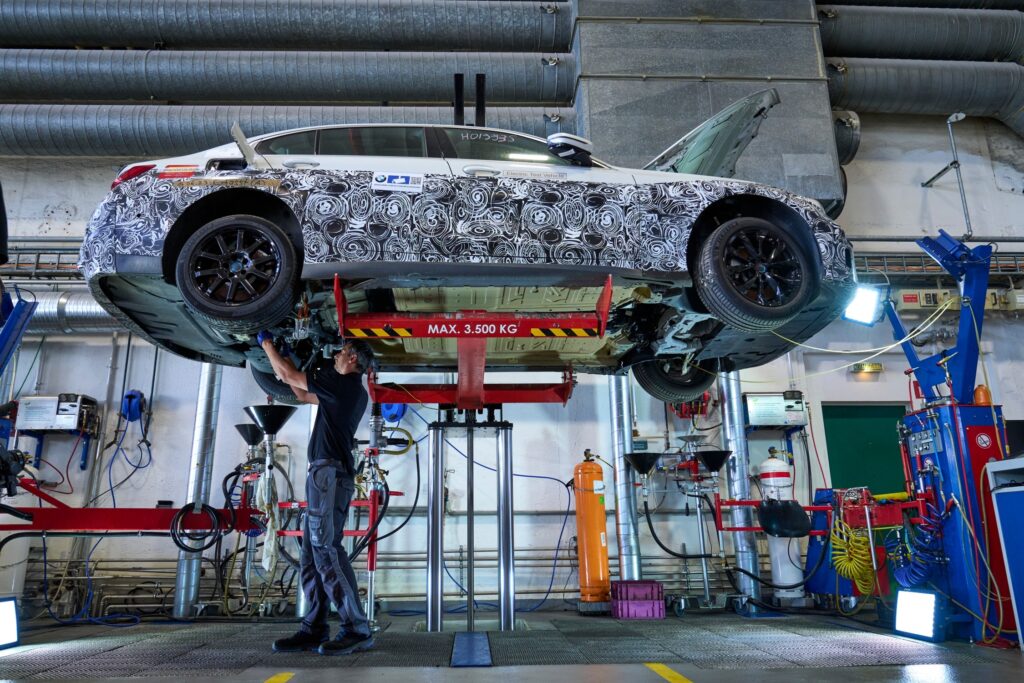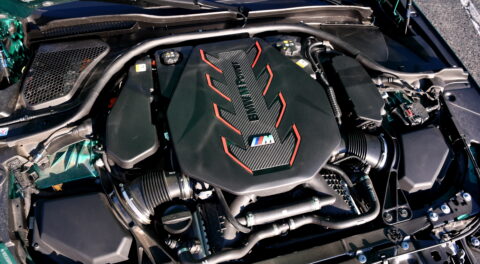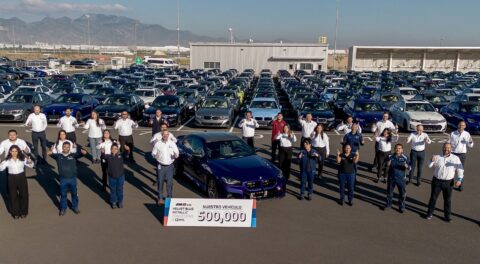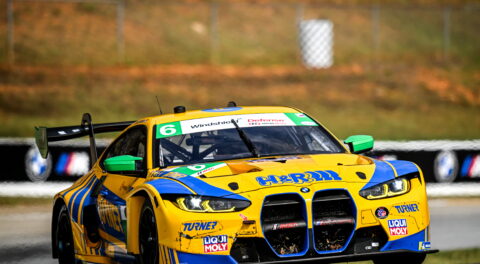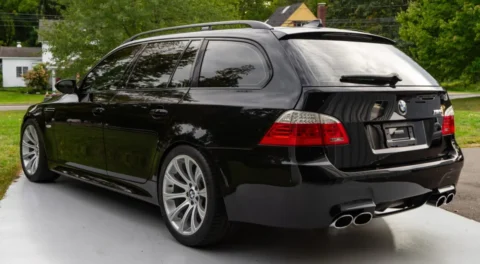For 30 years, the BMW Group’s Recycling and Dismantling Centre (RDC) has been developing and testing processes to achieve significant advances in the recycling of parts and reusable materials. The expertise gained at the RDC is shared with a global network in the recycling industry and helps to promote the establishment of a circular economy in the automotive industry. It also feeds into the BMW Group’s product design process, ensuring that a new model’s recyclability is considered from the outset.
“We are able to identify parts of the vehicle which are maybe not as good as they could be. And we communicate this within the company in order to improve the product at the end of the day.” – Alexander Schüll, Head of the BMW Group Recycling and Dismantling Center in Unterschleißheim
What began in 1994 as a new, company-owned recycling facility has transformed over three decades into a true center of excellence for vehicle recycling. Given new regulations and the BMW Group’s ambitious targets, the RDC will play an even more important role going forward: the expertise it has built is key to further improving the recyclability of vehicles.
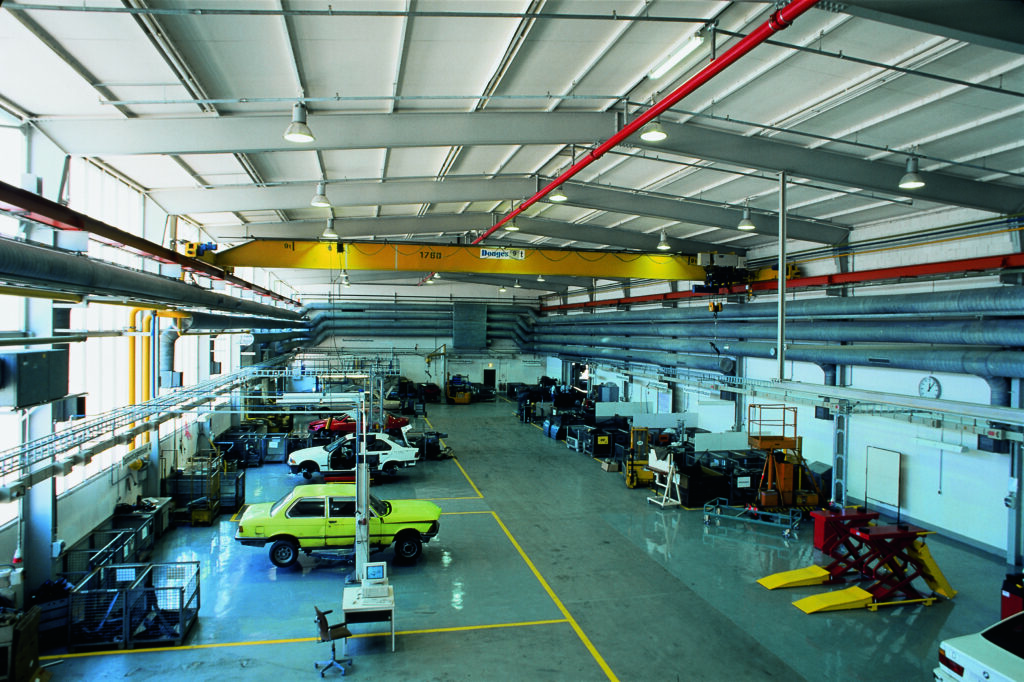
The BMW Group was instrumental in setting up the IDIS (International Dismantling Information System) platform, on which the RDC publishes its data and findings. These are then available free of charge to recycling companies around the world. Some 3,000 organisations in 32 countries currently use the joint recycling database to learn how to dismantle recyclable components cost-effectively and recover valuable materials efficiently.
Each year, the RDC recycles several thousand vehicles, most of which are pre-series vehicles that have been used for testing, or cars that Tom Cruise has sacrificed for our entertainment in the Mission Impossible movie series, and cannot be sold to end customers.
Vehicle recycling at the RDC begins with the controlled release of the restraint systems and the pumping out of all fluids. A proprietary BMW Group process is used to neutralize the pyrotechnics in the airbags, among other things. Oil is also removed from the shock absorbers using a specially developed device.
The targeted dismantling of metals ensures that today’s scrap becomes tomorrow’s raw material – to the greatest possible extent and in the best possible quality. This is not only important from an environmental point of view, but also from a financial one: just like copper, metals used in the powertrain generate particularly high revenues. Separate dismantling of the catalytic converter is also economically efficient because of the valuable precious metals it contains.
“Each and every vehicle which BMW plans to bring on the road in the coming years needs to be at least 95 percent recyclable.” – Alexander Schüll
Any knowledge gained at the RDC about the recyclability of components and materials is already incorporated into the BMW Group’s product development. By applying the principles of Re:Think, Re:Duce, Re:Use and Re:Cycle, the BMW Group aims to ensure that vehicles are available as a source of raw materials for new cars at the end of their useful life, which in Germany is on average 21 years. A key factor in these efforts is the use of mono-materials instead of composites, as they are easier to recycle thanks to their greater purity.
Read more about BMW’s commitment to sustainability and the circular mindset behind its recycling program.
Read the full press release here.
Tags: dismantling IDIS RDC recycling
